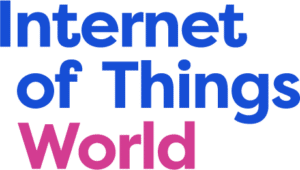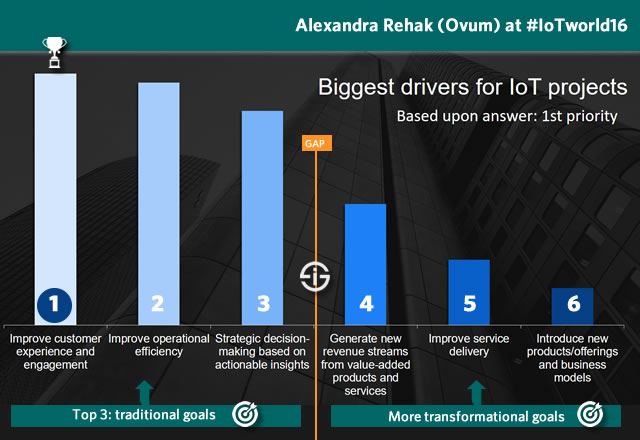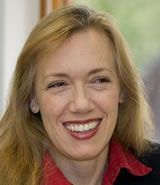On November 21st and November 22nd, Dublin hosted Internet of Things World Europe 2016.

Over 2500 business leaders, IoT start-ups, representatives of large firms and other visitors showed up.
The organizers (Informa PLC) had a successful 3-day Internet of Things World in the US earlier in 2016 and brought the European edition to Ireland’s capital Dublin. Informa calls the expo and conference Europe’s most comprehensive IoT event.
The main business drivers of IoT projects
Alexandra Rehak, Practice Leader IoT at Ovum opened the event (Ovum is owned by Informa PLC).
Alexandra Rehak, who joined the research firm early October 2016 stated that “we are at the start of a shift in technology, and it’s going to impact us all”. The start was indeed the right choice of words if we look at the market and the drivers of IoT projects.
According to Ovum (and Rehak) the top 6 drivers of IoT projects are, respectively:
- Improving customer experience and engagement.
- Improving operational efficiency.
- Strategic decision-making based on actionable insights.
- Generating new revenue streams from value-added products and services.
- Improving service delivery.
- Introducing new products/offerings and business models.

However, the first three are clearly more important than the next three as the image indicates.
Moving to the next stage of IoT transformation
It’s a picture we’ve seen before, albeit not always in that order, and another indicator of where the market, in general, is today.

It’s still relatively early days as John Roese had said at the IoT Solutions World Congress 2016 in Barcelona, a month earlier as well. We are at the beginning (obviously taking into account differences per sector, region and organization), with business drivers that are relatively ‘careful’ and ‘traditional’ as we’re heading towards a digital transformation reality in which the Internet of Things – and the data and insights opportunities it offers – will focus more on business innovation, new revenue sources, new ecosystems of value and new business models. In other words: the more transformational goals.
As mentioned before, the Industrial Internet of Things is clearly taking the lead here.
Ovum’s Alexandra Rehak further reminded how the Internet of Things is disruptive by definition and emphasized the acceleration at which innovation is happening.
However before we get to the next – and more mature – stage of IoT, we don’t just need the easily available hardware but, as ARM’s Paul Williamson said, we also need software, applications and trust, which are critical to unlocking value of IoT.
Not just easily available hardware but software, applications and trust are critical to unlocking value of IoT (Paul Williamson)
It’s probably not a cooincidence that chip manufacturer ARM, bought by Softbank, announced ARM’s mbed Cloud platform at its ARM TechCon 2016 and announced the new security possibilities at Internet of Things World Europe 2016 too, as the company increasingly expands into the vast space of IoT where security is of course the talk of the day.
Paul Williamson also repeated the prediction of SoftBanks’ Masayoshi Son in Dublin that there will be over 1 trillion connected devices in the next decade, thereby exceeding most analyst forecasts.

Williamson, who is responsible for the Wireless Business Unit at ARM, said that trust needs to be built in, not bolt-on. Truism indeed. Trust and security are key. And so are benefits and use cases as they were also shown at the event and as we have to focus on, far more than the shiny objects. Security is certainly an important element in moving to that next stage with more transformational goals and more ‘mature’ and scalable IoT deployments.
Internet of Things World Europe 2016: impressions
Obviously Internet of Things World Europe 2016 covered plenty of other topics than IoT project drivers and security (although it was, how else could it, a recurrent theme).
On top of Paul Williamson and Alexandra Rehak, speakers at Internet of Things World Europe 2016, included Tesco’s CTO Edmond Mesrobian, Liat Ben-Zur (senior vice president and digital technology leader at Royal Philips), Beverly Bryant (Director of Digital Transformation at the NHS England), Jiang Wangcheng of Huawei Technologies, Richard Corbridge of the Irish Health Service Executive (IoT in healthcare was a big topic at the event too), Uber GM for Ireland & Northern Ireland Kieran Harte, Machine Research founder Matt Hatton, Dr. Robert Griffin from the U.S. Department of Homeland Security, and Philipp Diesinger who is Chief Data Scientist at Boehringer Ingelheim, to name a few.
There was also a lot to see – and to network – on the tradefloor. Further, there were interesting panels with the various speakers, such as the ones just mentioned, and there was an IoT start-up pitch competition. 85 exhibitors and 2500 attendees joined the 2016 edition in Dublin as you can see in the short video above.

